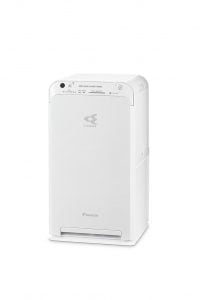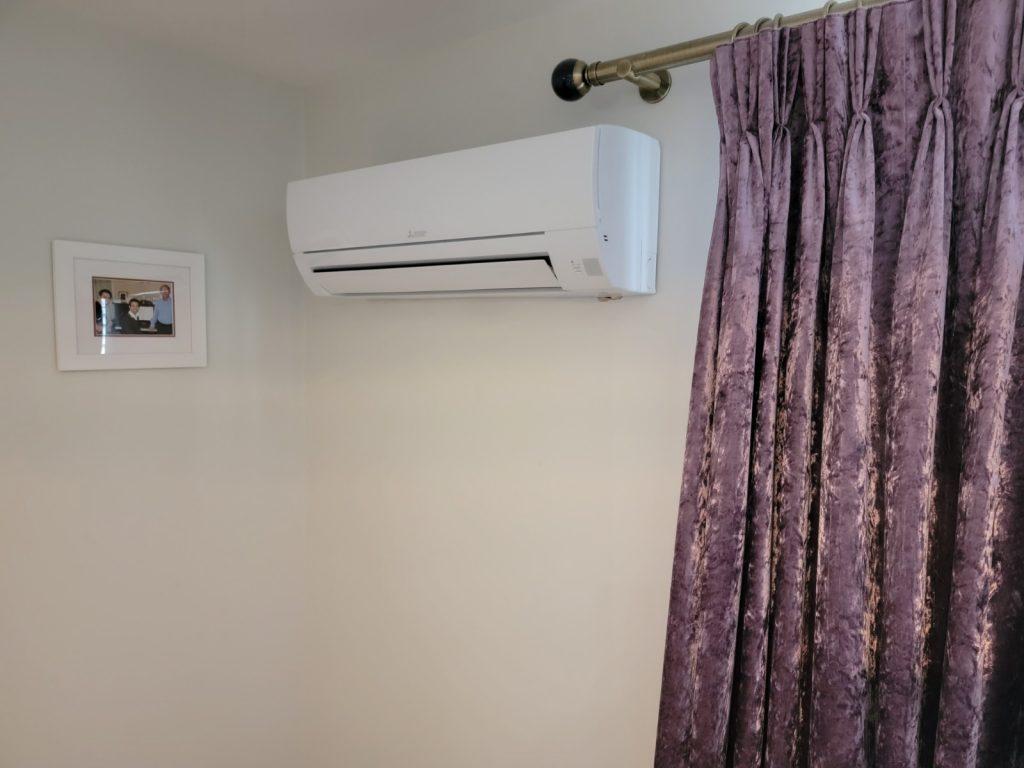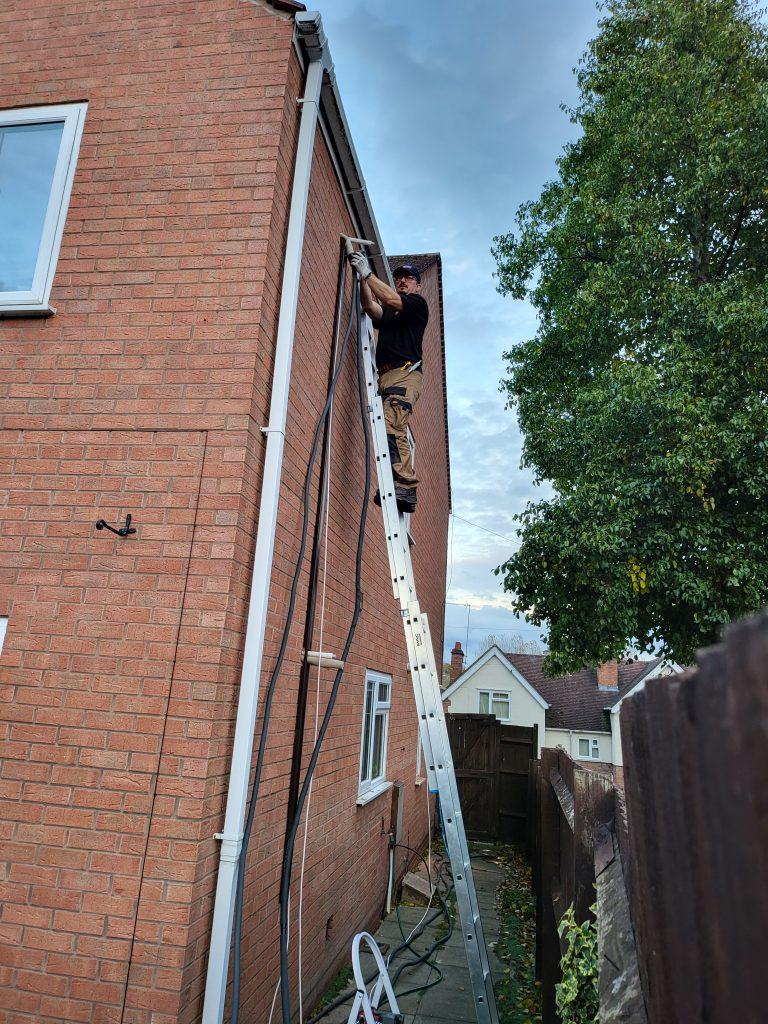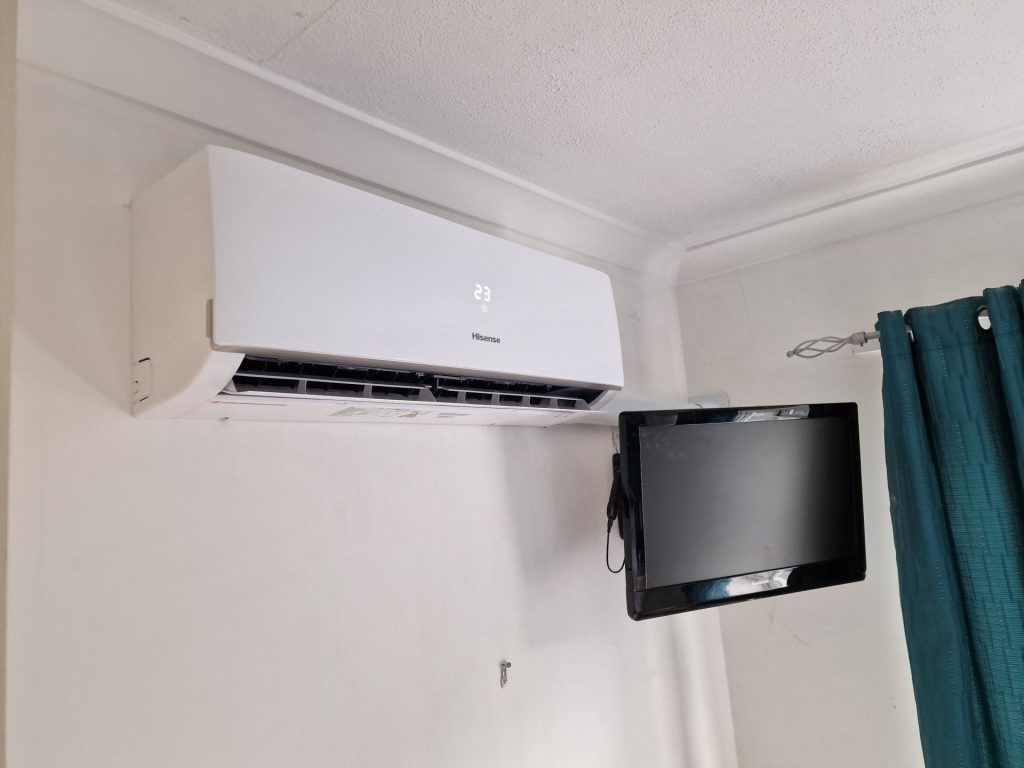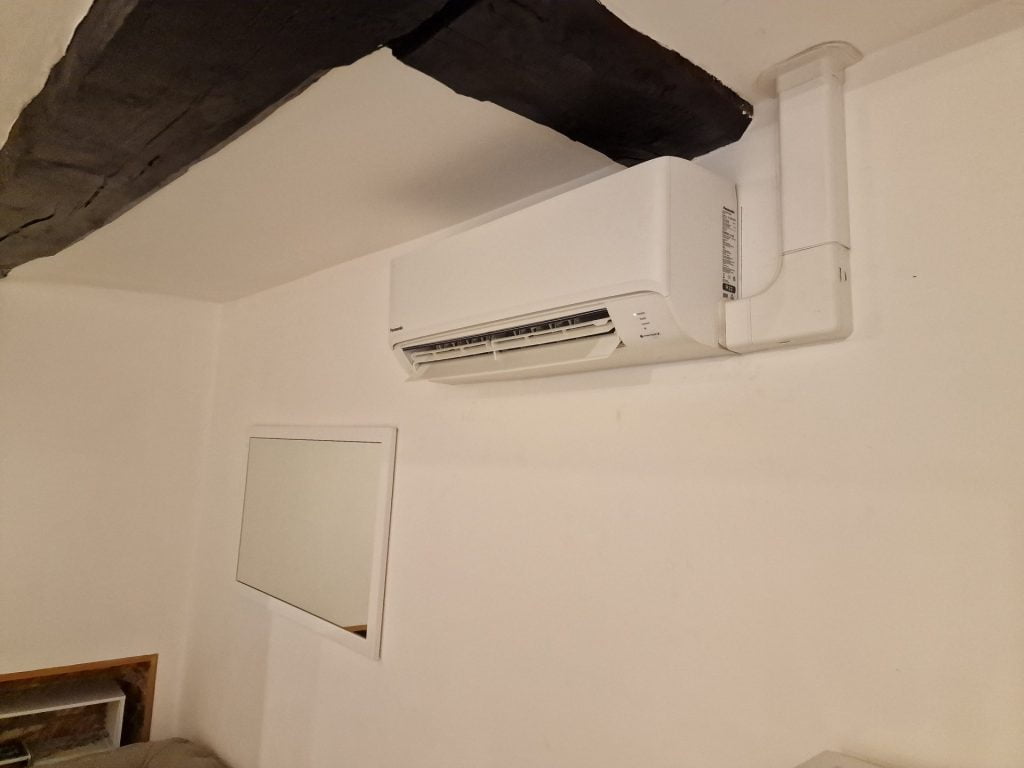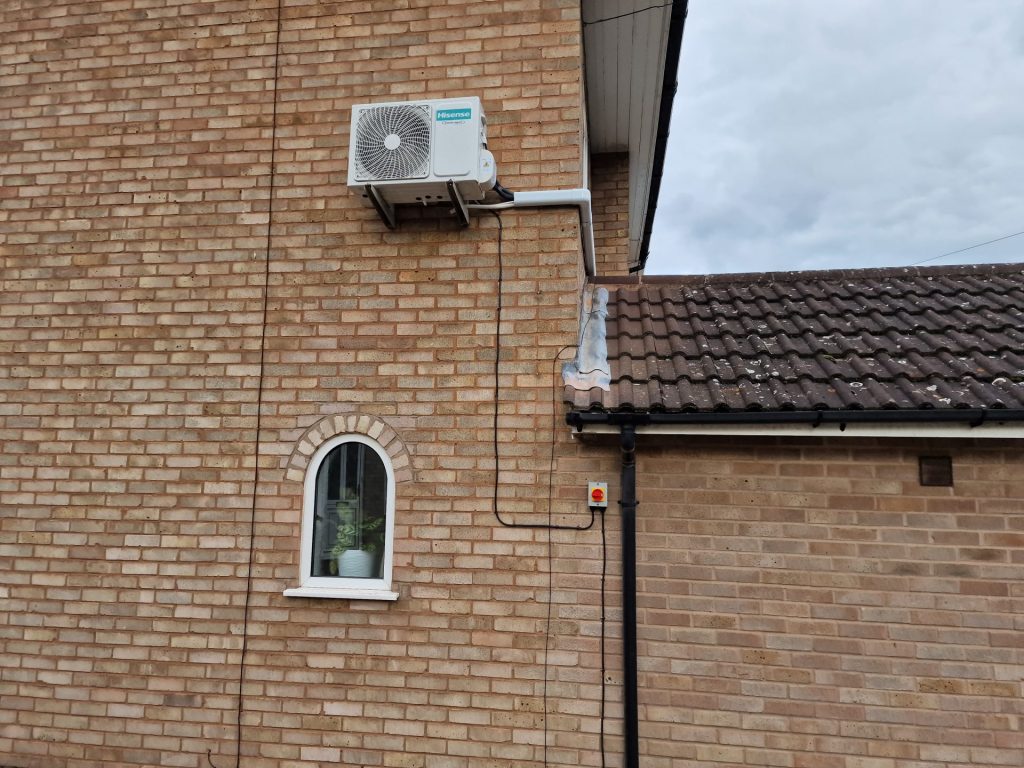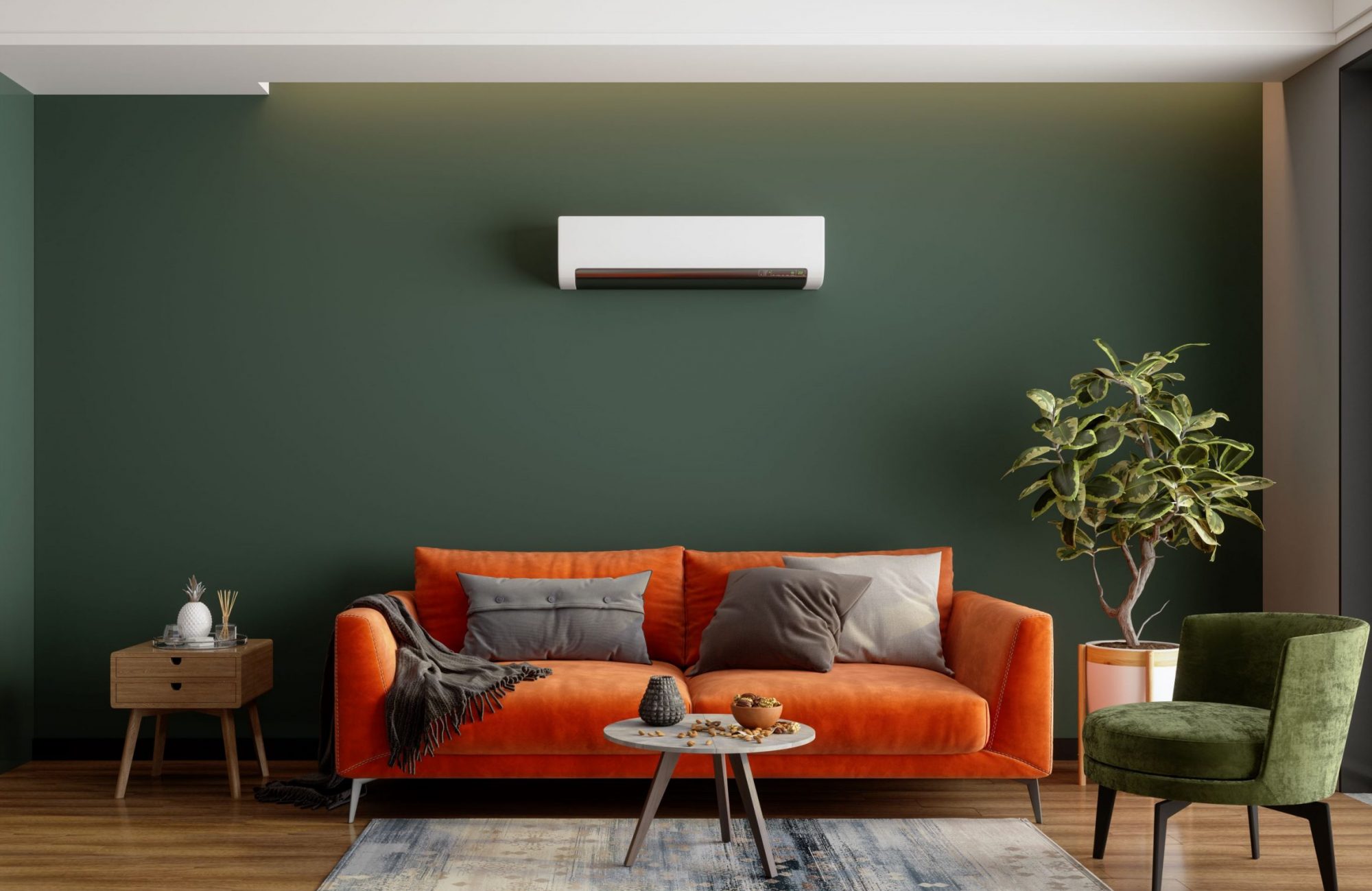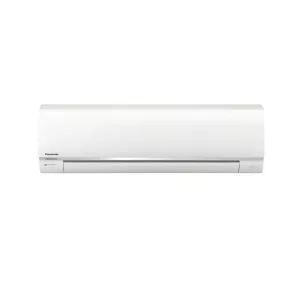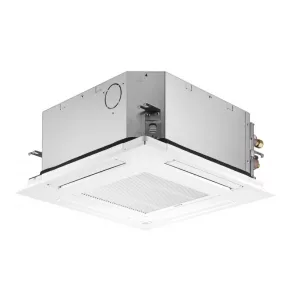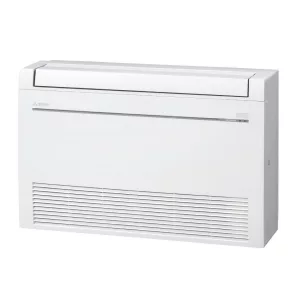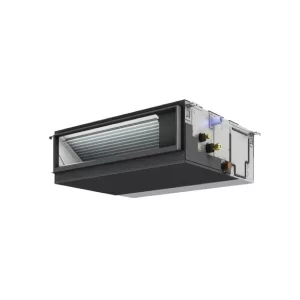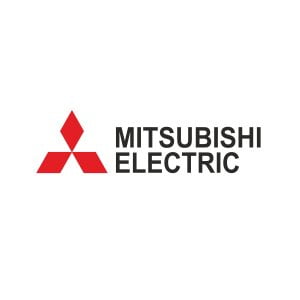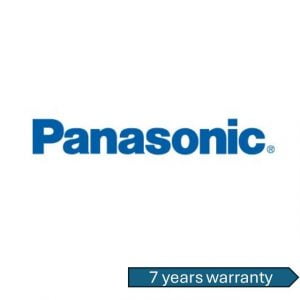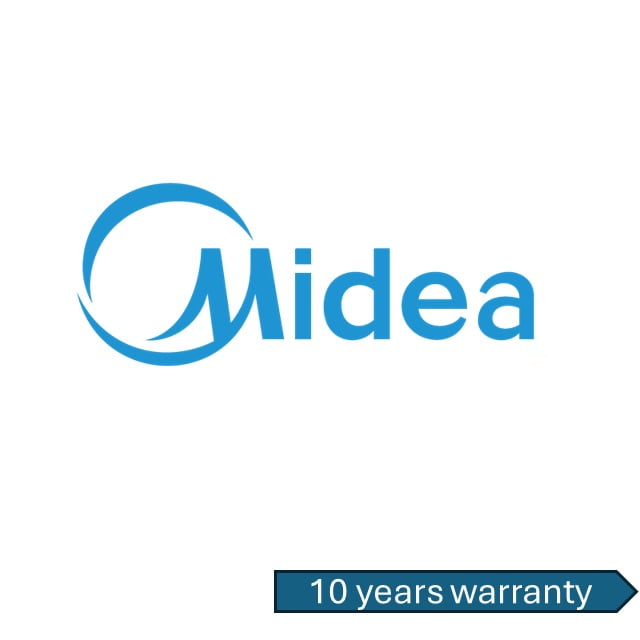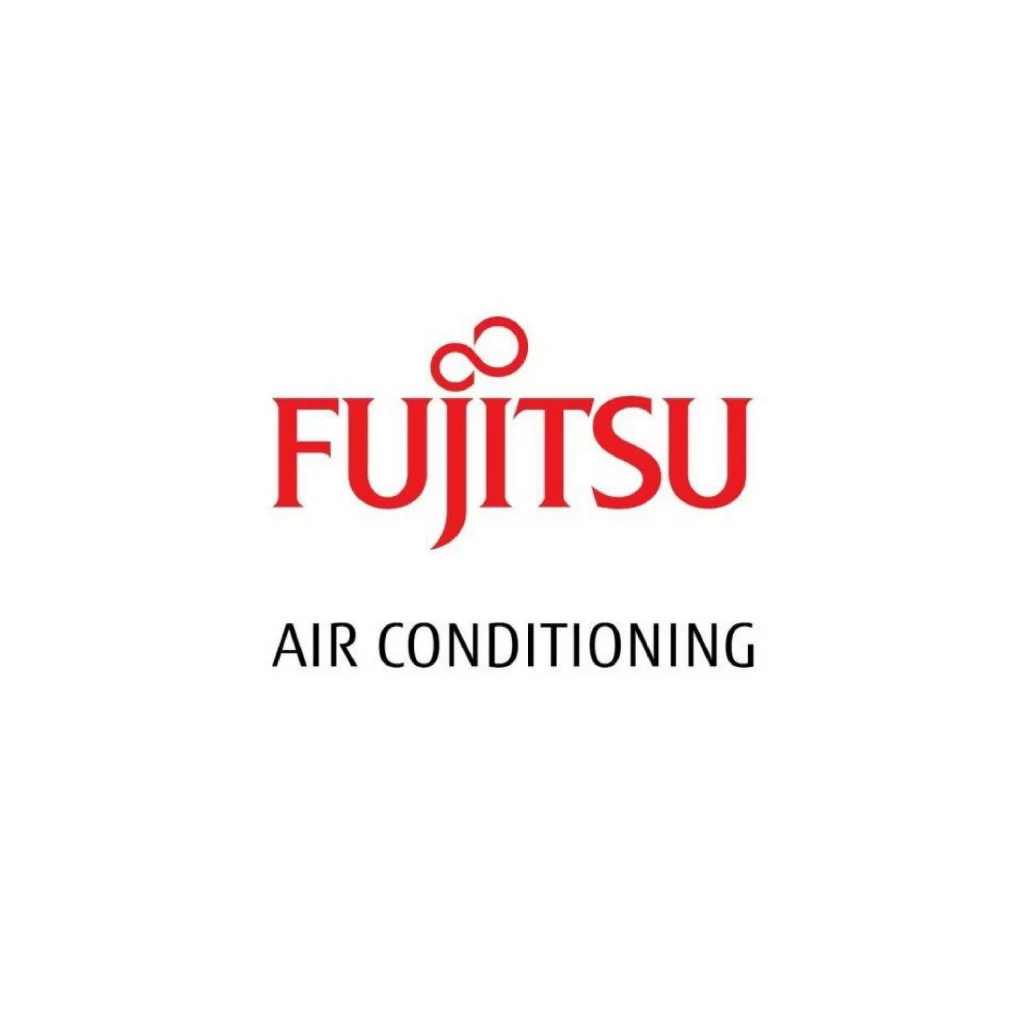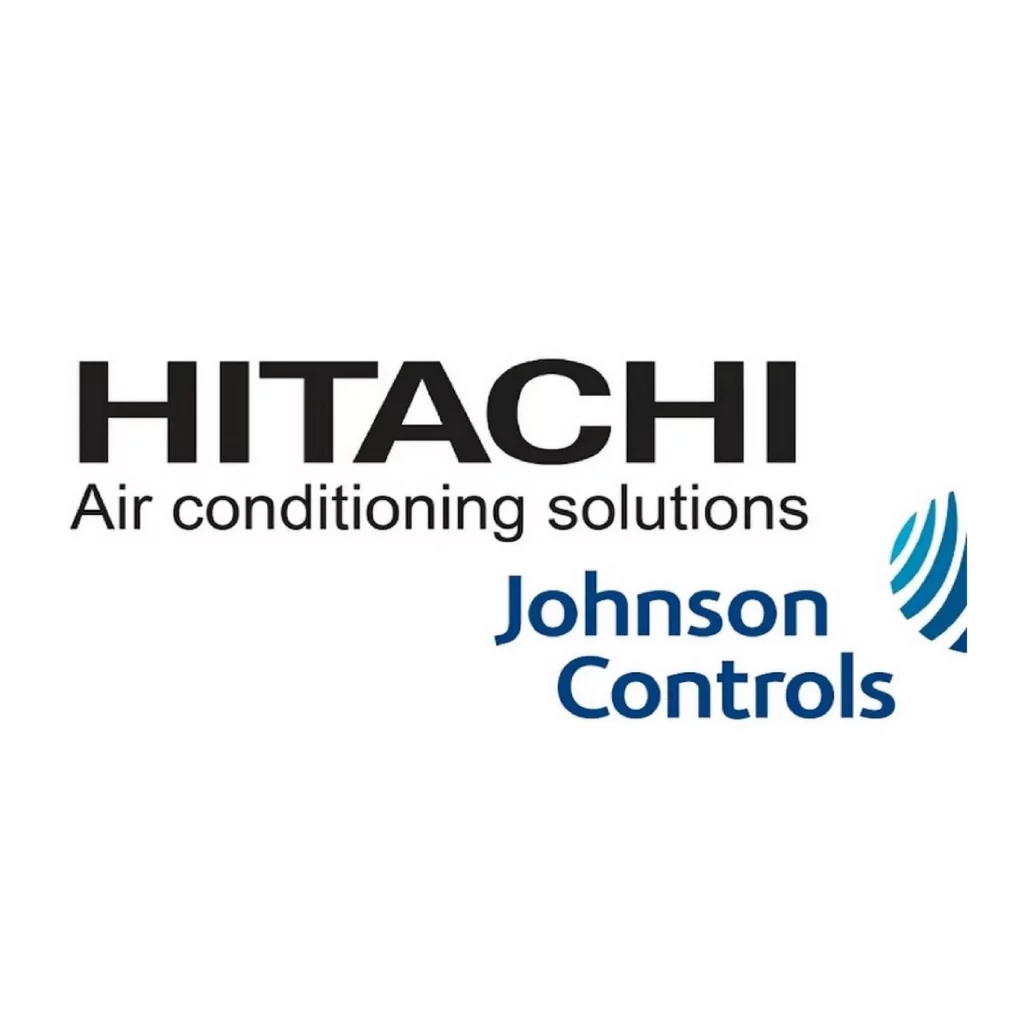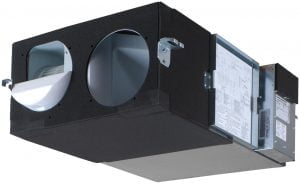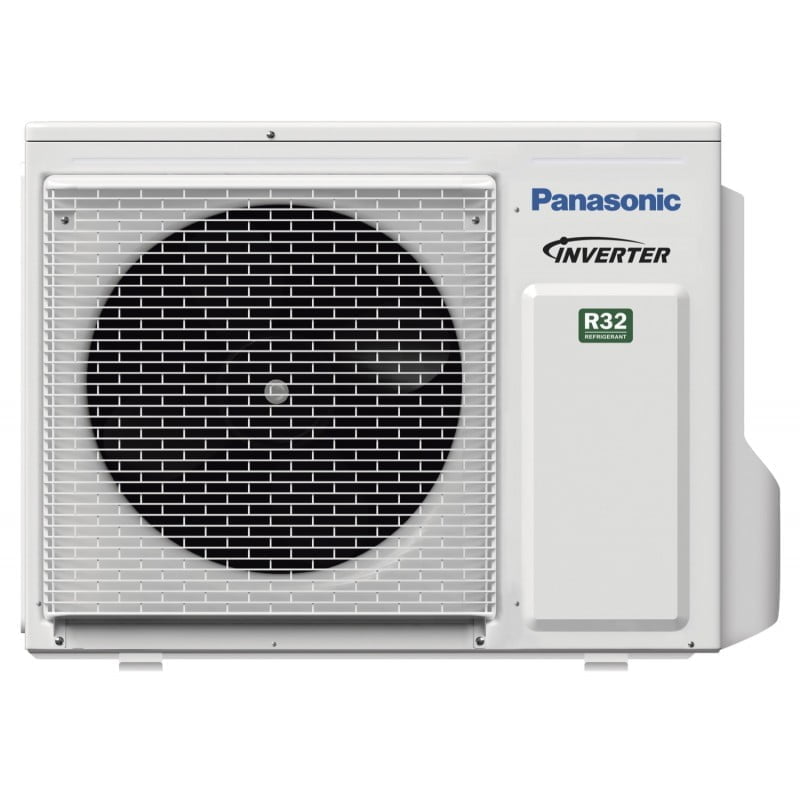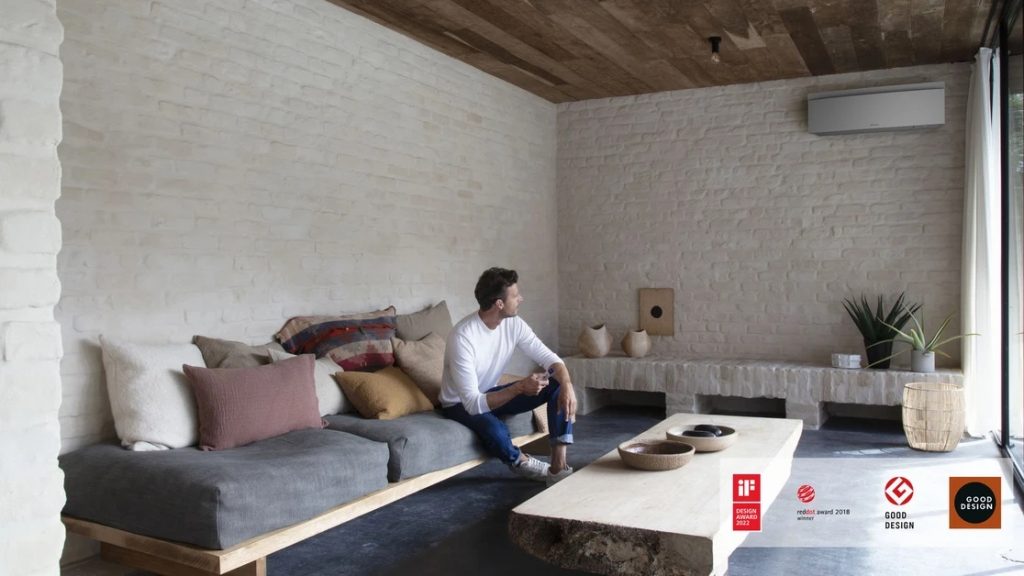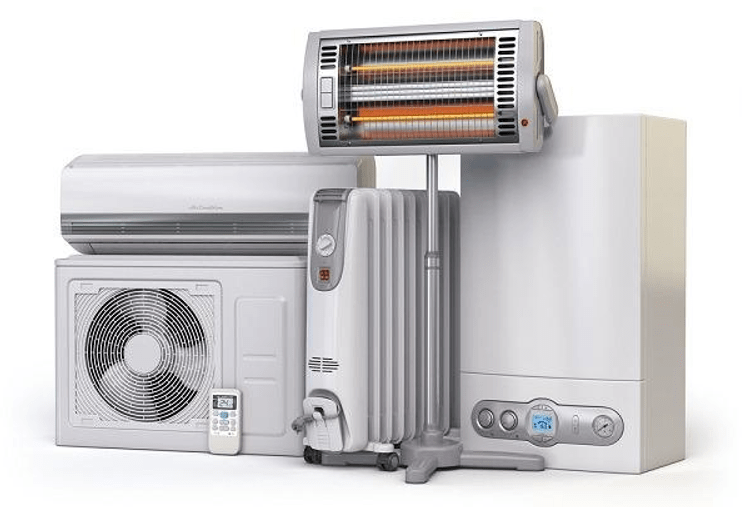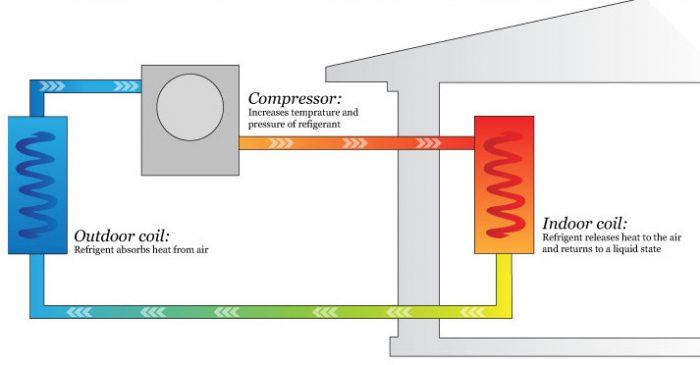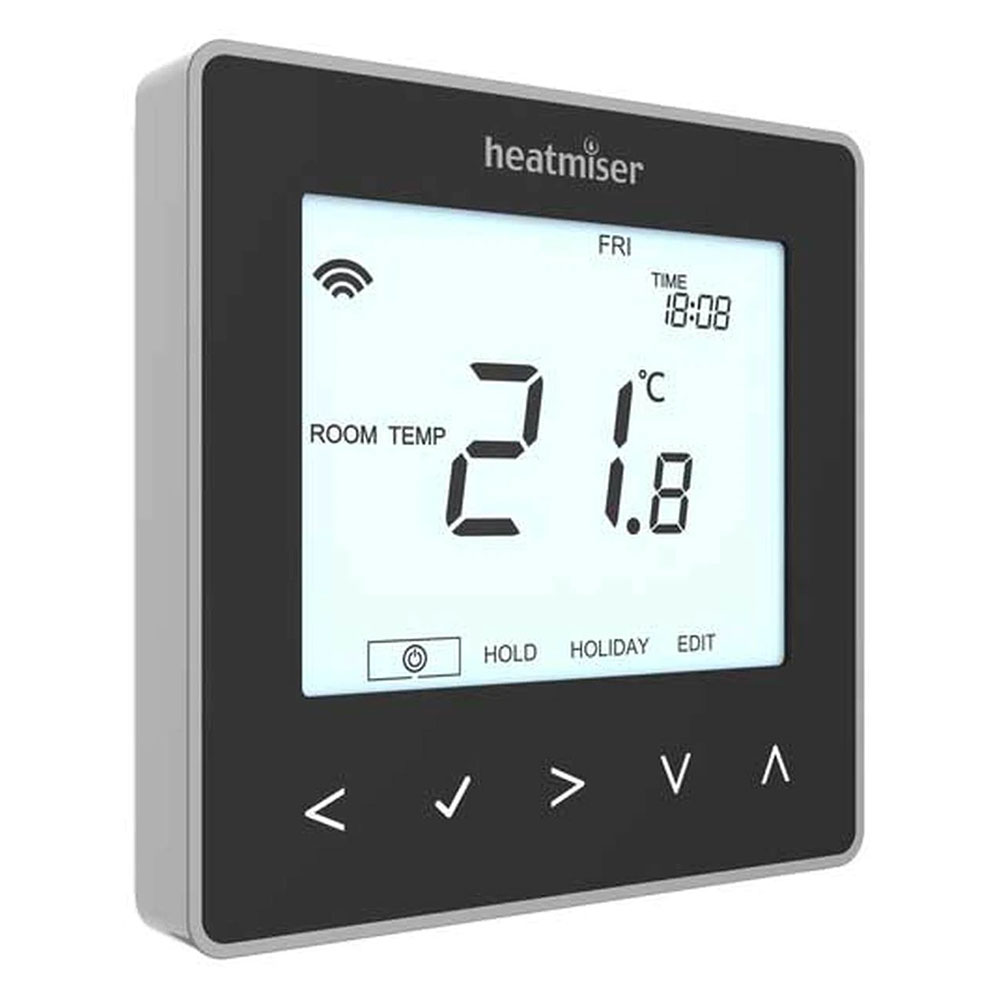Air conditioning and electrical services
Free quotation: info@optimpro.co.uk
📞 07466 518 415



Click here for shopping portable air conditioners
Single hose portable air conditioners work by pulling stagnant air from inside the room. The motor inside the unit then cools the air for circulation throughout the space. The unit also takes the excess warm air and moisture and funnels it through the hose and out the window.

Heat recovery ventilation
- Energy saving ventilation using indoor heating, cooling and moisture recovery
- Free cooling possible when outdoor temperature is below indoor temperature (eg. during nighttime)
- Can be used as stand alone or integrated in the VRF system
Air purifiers – ultimate air cleaning technology
- Effectiveness against respiratory viruses evaluated by Institute Pasteur de Lille
- Clean and refresh the air, creating a healthy home for you and your family with our range of innovative air purifiers
- Make your home safer: our streamer technology filters out airborne particles that can pose serious health risks
